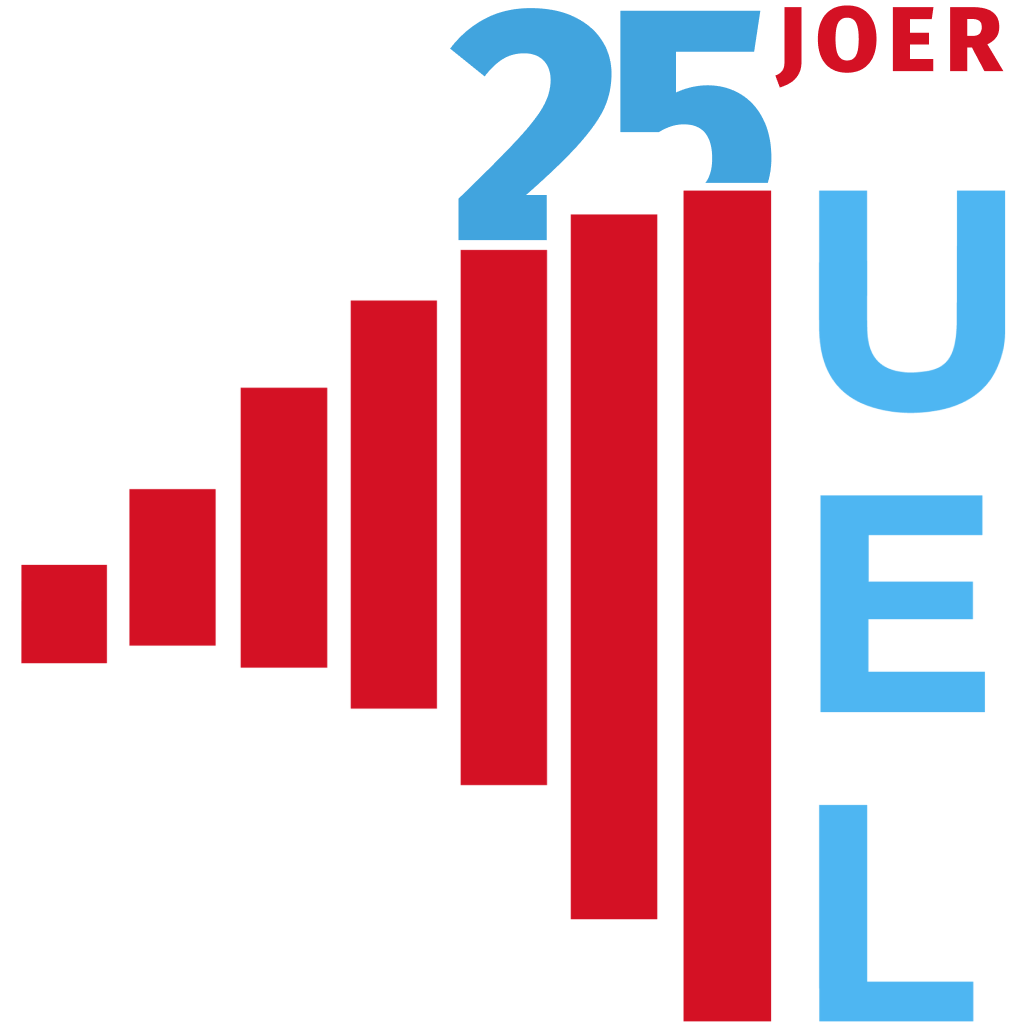Since January 1, 2024, a new investment tax credit (art. 152bis of the Income Tax Act, or „LITL“) has been applicable. This measure aims to support companies in the digital transformation and green transition of their activities.
12.12.2024
The dual digital and environmental transition is a key challenge for companies in terms of economic performance and maintaining competitiveness, particularly in an ever-changing regulatory context, such as the recent entry into force of the Corporate Sustainability Reporting Directive (CSRD). This new measure is therefore a welcome additional lever, over and above existing subsidy mechanisms, to help companies of all sizes, from large corporations to SMEs, to achieve their related objectives more quickly.
Commercial, industrial, mining and craft companies embarking on a digital transformation or environmental transition project are eligible to claim this investment tax credit.
The tax credit is computed based on investments and operating expenses incurred as part of a digital transformation project or an ecological and energy transition project. The duration of such a project may not exceed 3 consecutive operating years as from the beginning of the project.
The list of eligible costs is relatively broad, covering:
Only expenses incurred as from the introduction of the request for the eligibility certificate (see below) will be taken into account for the computation of the tax credit.
The tax credit rate is 18% for investments and operating expenses, except for investments in depreciable tangible assets. The latter will be subject to a rate of 6%, in addition to the 12% rate applicable to the tax credit for global investment, a complementary measure already in place. As a result, investments in depreciable tangible assets will also qualify for a cumulative rate of 18%.
The tax credit thus obtained gives rise to an income tax deduction for the tax year following the operating year in which the investments or operating expenses are made. In the absence of sufficient tax, the outstanding tax credit may be deducted from taxes for the following 10 taxable years.
To benefit from this measure, the projects implemented within the company must meet certain conditions and objectives.
Eligible digital transformation activities should be innovative in nature, using digital technologies, innovation to be assessed in the context of a holistic approach considering the company’s entire activity and values data.
Environmental transition activities will be eligible if the project aims to reduce the company’s environmental impact, in terms of production or consumption of energy or resources, the said change having to be significant and of a material or technical nature.
Any project aimed at simply complying with a legal or regulatory obligation applicable to a taxpayer (e.g., NIS2, DORA) is not eligible for the tax credit, unless the taxpayer provides proof that the project in question goes significantly beyond simply complying with these obligations.
In addition, each project must meet one or more of the following objectives:
| Digital project objectives | Environmental project objectives |
| 1. Significantly reshape an entire production process
2. Implement an innovative economic model (including circular economy) 3. Significantly reshape the entire provision of service 4. Significantly transform the company’s organization 5. Substantially strengthen IT security across all processes |
1. Significantly improve the energy efficiency of a production process
2. Significantly improve the material efficiency of a production process 3. Significantly decarbonize a production process 4. Reduce production site air pollution (other than CO2 emissions) 5. Produce or store renewable energy for self-consumption needs 6. Promote the extended use of products through reuse |
At this stage, energy-efficient building renovation is not eligible for this measure.
To benefit from this tax measure, the company must complete several formalities with the Ministry of the Economy and the Luxembourg tax authorities.
The formalities to be completed are as follows:
For more information on this subject, please consult the links below or get in touch with your usual contact at one of our members.

© 2025 UEL

